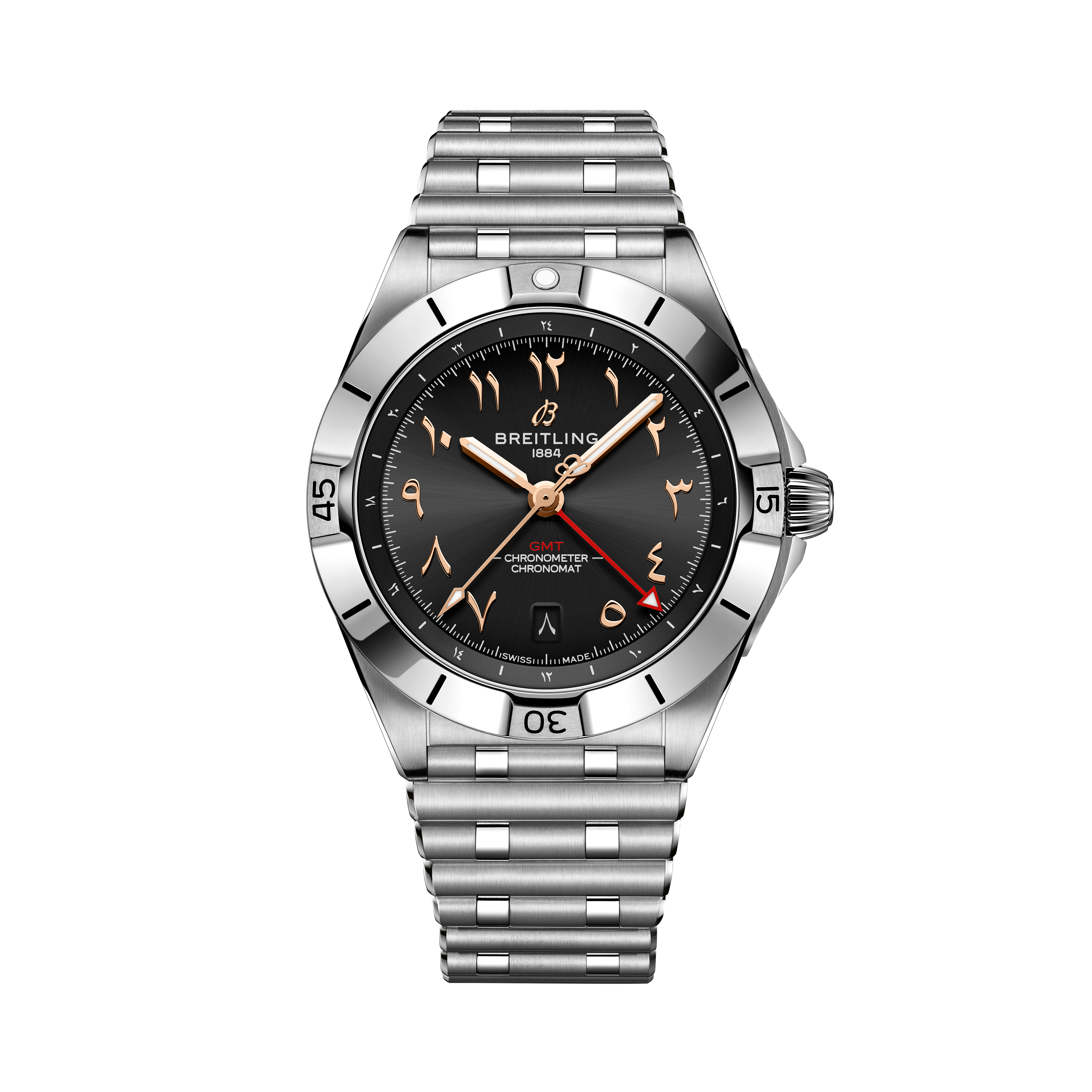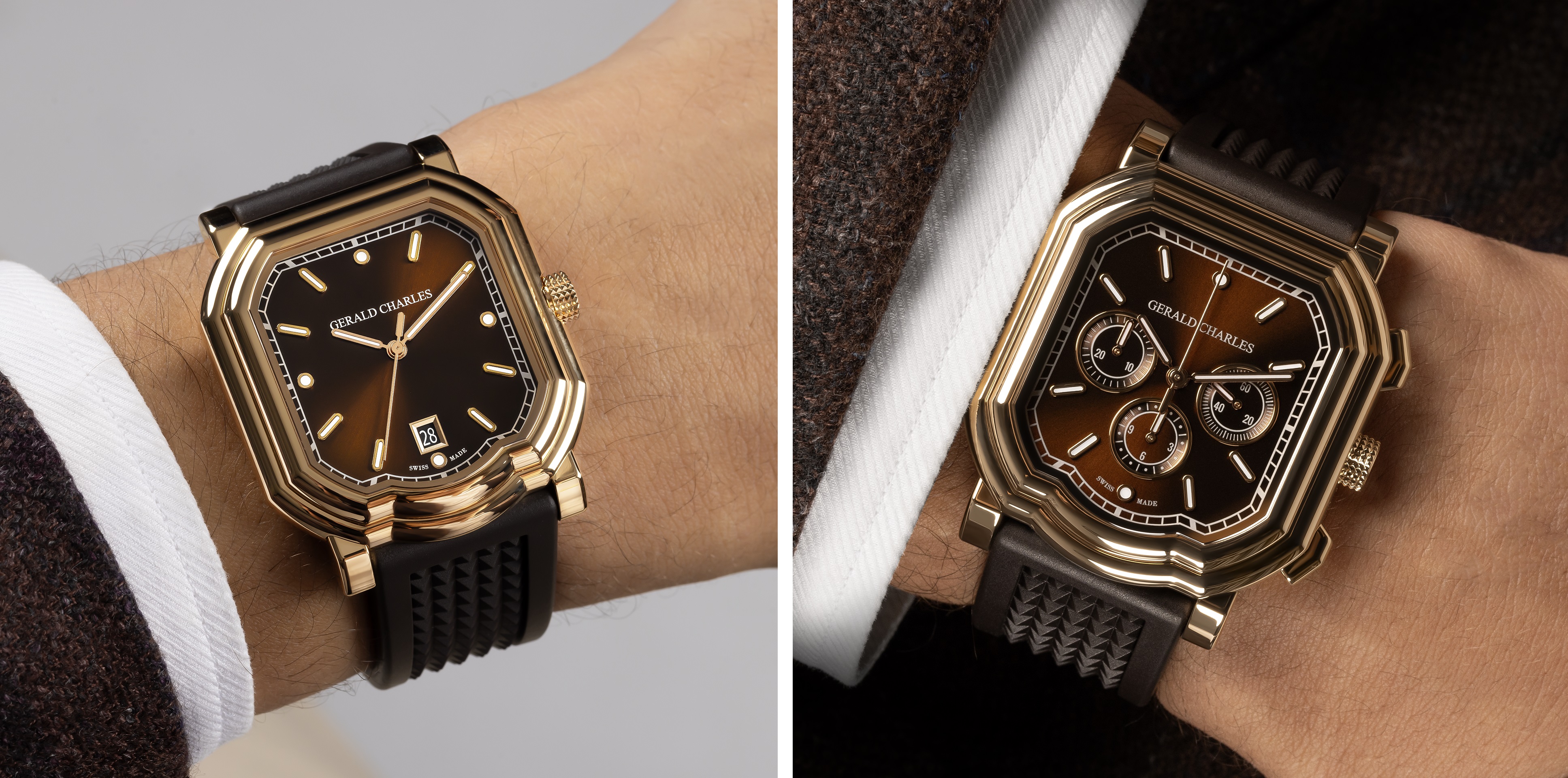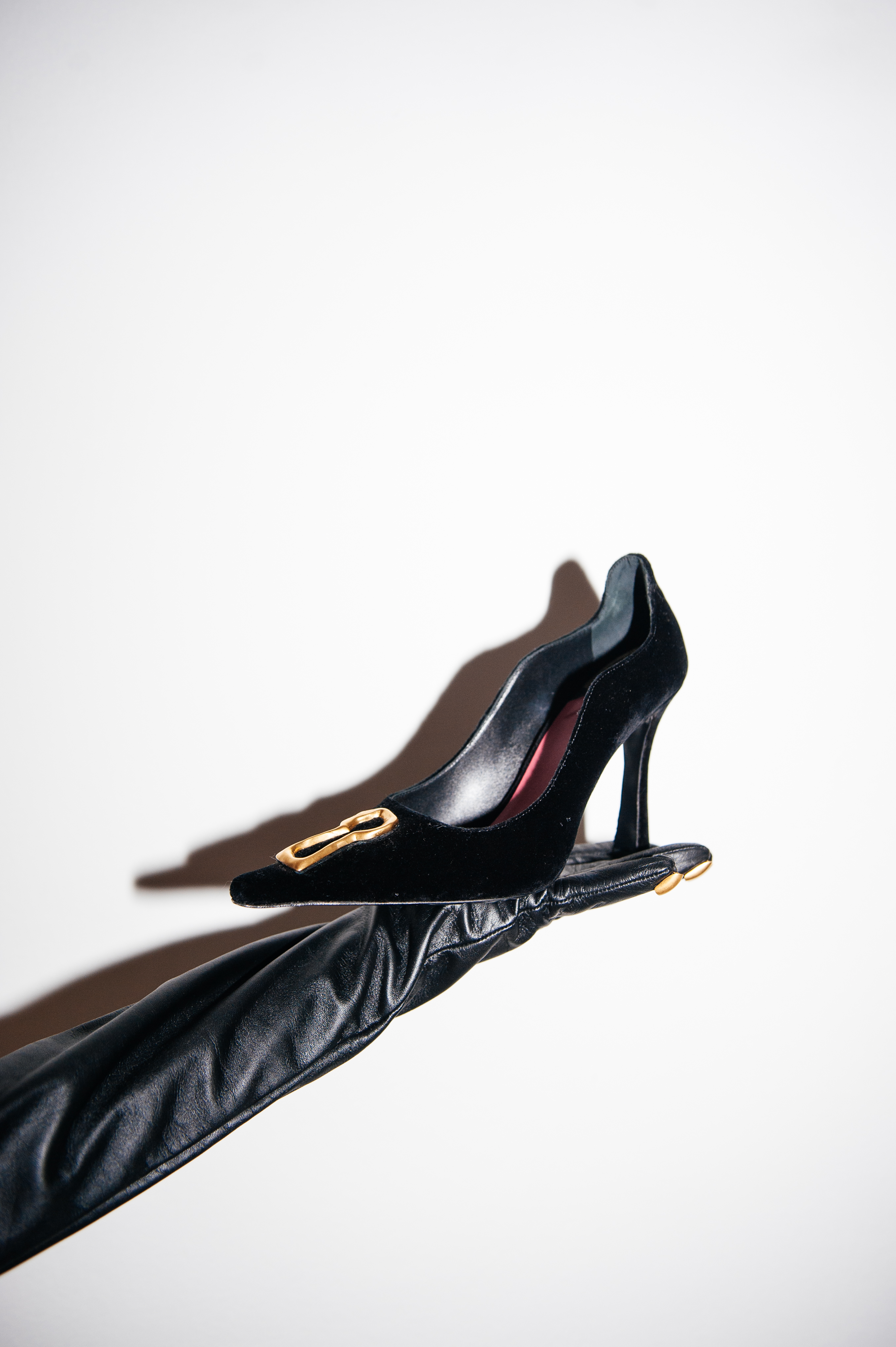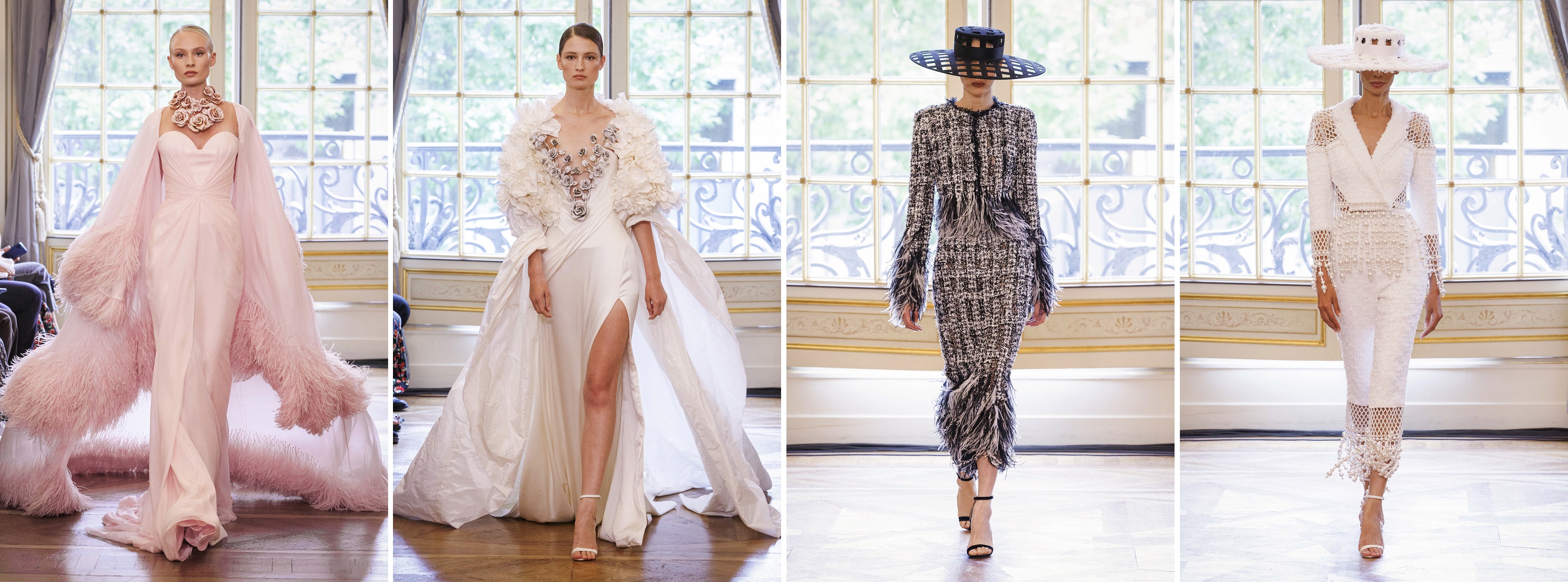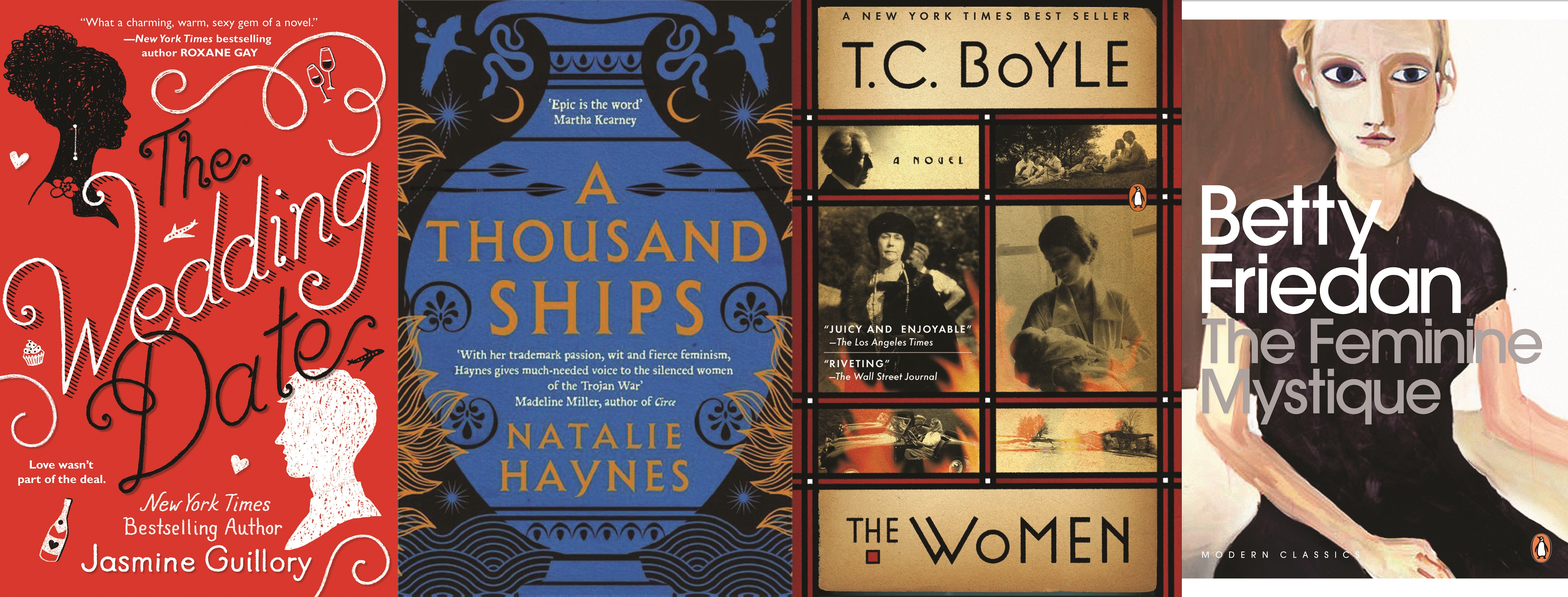Parmigiani Fleurier: An Exceptional Trilogy of Platinum Cultural Calendars
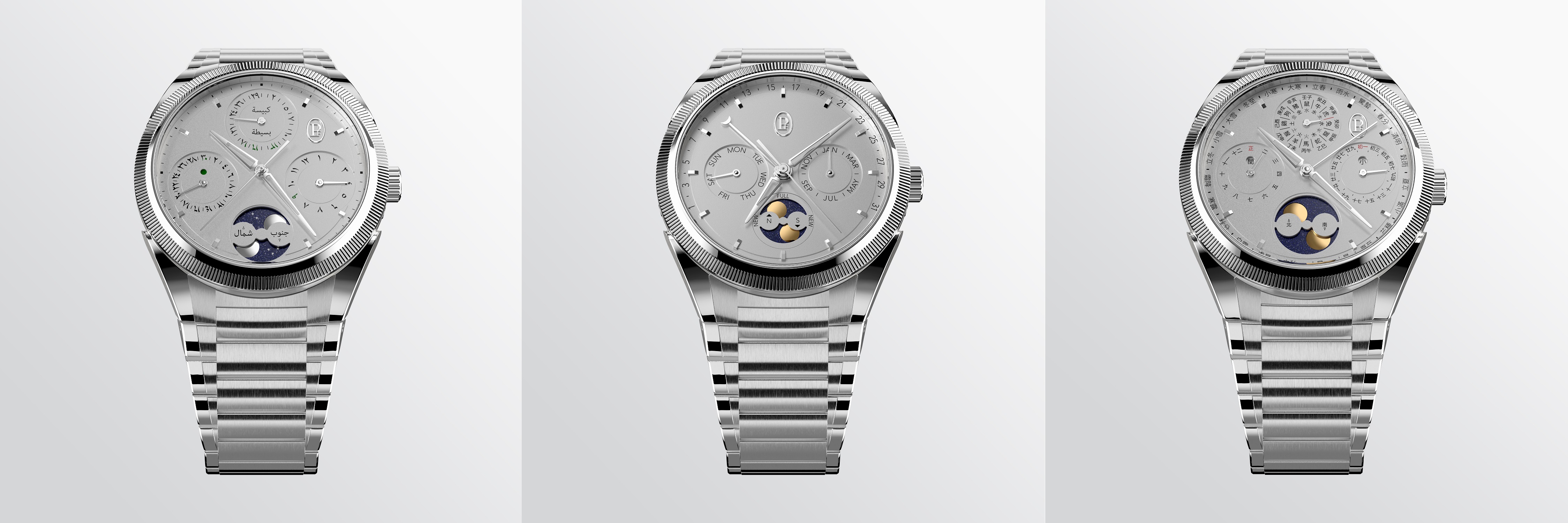
This exceptional trilogy, made in platinum, is issued in a strictly limited edition of three box sets and reflects the crossroads of culture, civilisation and history, as well as the fine watchmaking to which the brand gives unique meaning.
Human history has always sought to control time, its flow and its predictability, in order to organise and impart a distinctive rhythm to social, religious and agricultural life. The calendar is a universal concept enabling us to identify dates that appear like milestones in the flow of time. All civilisations have created them according to their own sensitivity and perception, based on the path of the Sun, Moon or both. While time is the same for everyone, its reading and measurement are specific to each human society.
The calendar functions expressed by a timepiece are among the most fascinating. Mirroring civilisations and societies, receptacles of beliefs and inexpressible phenomena such as moving shadows, alternating seasons and the lunar cycle, they remain at the very heart of human activity. This cultural phenomenon has long fascinated the brand and its founder, Michel Parmigiani, for whom "the calendar is an eminently fascinating watchmaking complication, as it really is the mirror of civilisations".
Parmigiani Fleurier's calendar watches bear witness to Swiss watchmaking culture (involving the craftsmanship of mechanical watchmaking and art mechanics), which appears on UNESCO’s Representative List of the Intangible Cultural Heritage of Humanity. They explore the role of art mechanics in measuring the life of societies and civilisations.

TONDA PF HIJRI PERPETUAL CALENDAR
Islamic Perpetual Calendar
The world of horological complications is virtually infinite. One of them is truly universal, rooted in every culture and mirroring civilisations: the calendar function. Parmigiani Fleurier presents the TONDA PF Hijri Perpetual Calendar or Islamic calendar.
The origins of this timepiece now appearing in a wristwatch version date back to 2011, with the launch of a table clock inspired by a pocket watch displaying an Arabic calendar that was restored in the Manufacture's workshops. The expertise developed led the brand to develop the Hijri Islamic calendar in wristwatch form, a feat of miniaturisation that won the 2020 Grand Prix d'Horlogerie de Genève (GPHG) Innovation Prize.
CALCULATION OF ISLAMIC TIME
In the Islamic world, the calendar is based on lunar cycles. The Islamic or Hijri lunar calendar consists of 12 months of 29 or 30 days – depending on the phase of the moon – and is used to identify Muslim festivals. Known as the Hegira (meaning “flight), the prophet Muhammad’s escape in 622 CE from Mecca to Medina (now in Saudi Arabia) is the starting point for the calculation of Islamic time, representing the moment when the first Muslim community was founded.
ALL CULTURES AND CIVILATIONS
Compared to the first version, the TONDA PF Hijri Perpetual Calendar has evolved to reflect the Maison’s new aesthetic codes. The case and knurled bezel are in 950 platinum, the platinum bracelet is seamlessly integrated and the sandblasted platinum dial bears solid gold hour-markers, logo and hands.
In terms of content, the movement designed and developed by Parmigiani Fleurier remains identical to that of the model awarded the GPHG prize in 2020. The complete calendar information shows the hours, minutes, date in Arabic numerals, the name and length of the months in Arabic calligraphy, the days of the month and the years. The ninth month is marked in green on the counter at 3 o'clock. It also displays the double moon phase for both Northern and Southern hemispheres.
THE MUSLIM CALENDAR AT THE BEGINNING OF THE ISLAMIC ERA
The Hijri calendar, which is the Islamic calendar, has some connection to nomadic traditions, but its primary basis is religious. The calendar is based on the lunar cycles and was first introduced in 622 CE, when the Prophet Muhammad migrated from Mecca to Medina. This migration, known as the Hijra, marks the beginning of the Islamic era and the start of the Hijri calendar.
However, it is also worth noting that the use of a lunar calendar was common among pre-Islamic Arab tribes, including nomadic ones, who used the moon to track the passage of time and the seasons for practical purposes such as knowing when to move their herds.
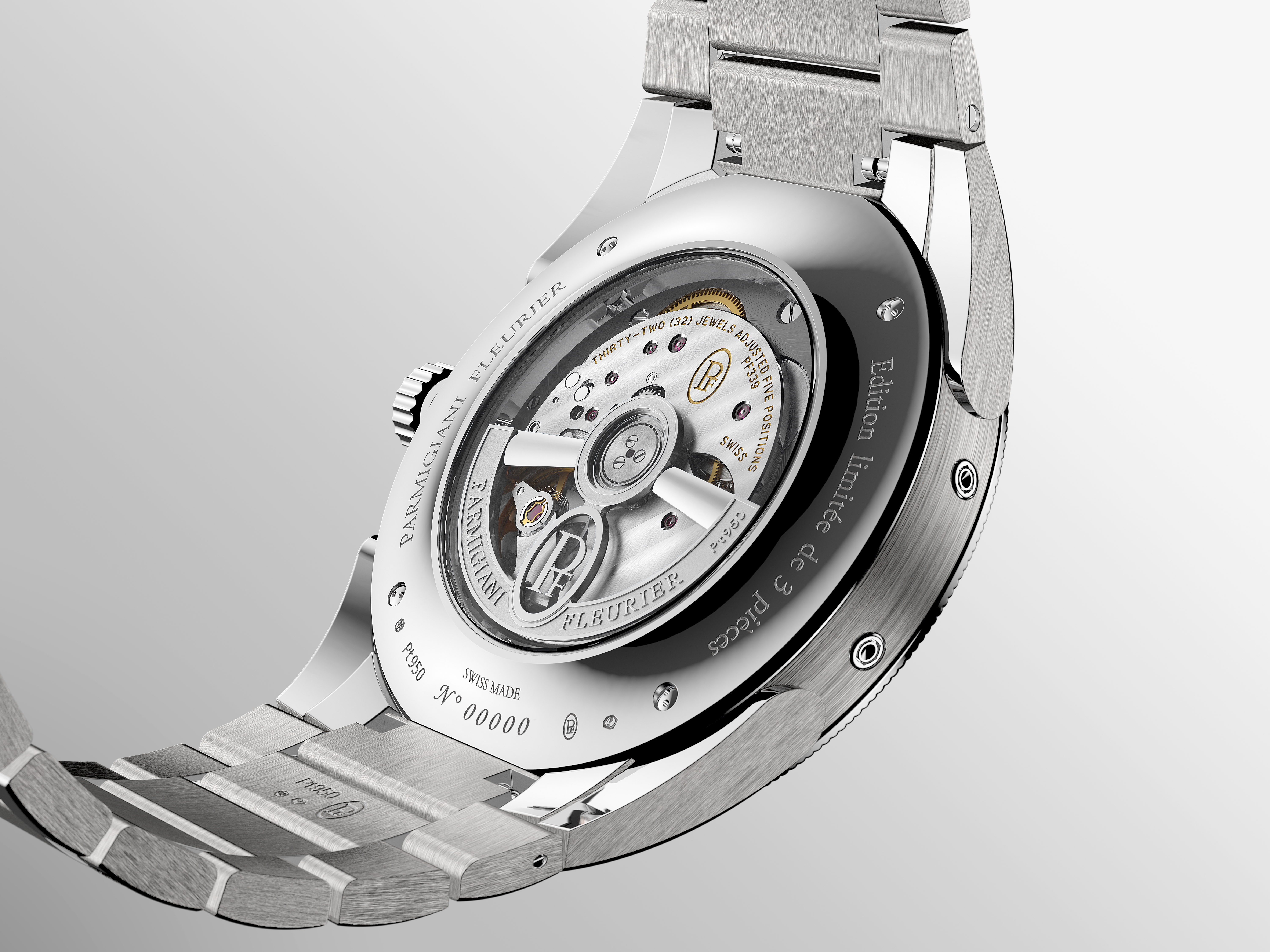
TONDA PF GREGORIAN CALENDAR
The Retrograde Date
The TONDA Gregorian Calendar tells the story of Michel Parmigiani's passion for dates, honoured by Calibre PF339 specially developed by the Manufacture and housing a retrograde Gregorian calendar and a precision moon phase. Together, these two complications compose the TONDA Gregorian Calendar: a timepiece resolutely geared towards astronomy and reproducing the Earth's revolutions around the Sun as well as in relation to the Moon.
The beauty of the Retrograde Gregorian Calendar lies in the fact that wearers need to adjust their watch only once a year. While the date automatically adapts to the respective length of 30- and 31-day months, it counts 29 days for the month of February whatever the year. This means that once a year – or rather three out of every four years – at the end of February, the wearer of the TONDA Gregorian Calendar must slip the watch off their wrist and reconnect with its subtle mechanism by setting the date manually. It will then keep faultless track of the date for the next 365 days. The retrograde date indication never hinders the reading of the moon phases at 6 o'clock, placing this lyrical complication in the spotlight. To ensure perfect clarity, the day of the week and the month are indicated in separate apertures at 9 and 3 o'clock respectively.
THE PRECISION MOON PHASE
The moon phase of the TONDA Gregorian Calendar complements the date indications. It is called a "precision moon" because it requires only one correction every 122 years. This remarkable accuracy involves compensating for the discrepancy between a classic lunar cycle (29 days and 12 hours) and the real lunar cycle (29 days, 12 hours, 44 minutes and 2.8 seconds). The TONDA Gregorian Calendar displays two depictions of the Moon – viewed from the Earth’s Northern and Southern hemispheres – so as to match any wearer's geographical location. The moon subdial and moon lozenges in solid rose gold stand out against an aventurine glass sky that poetically evokes the twinkling of a star-filled galaxy.
THE GREGORIAN CALENDAR, SUCCESSOR TO THE JULIAN CALENDAR:
Until 1582, Christendom used the Julian calendar instituted by Julius Caesar and based on the assumption that the length of the tropical year (the time between two transits of the Sun at the vernal point) is exactly 365.25 days. However, the actual length of the year is 365.24219 days, so that the recurrent events represented the equinoxes and solstices were moved forward by one day every 128 years: around the year 1500 CE, the spring equinox occurred ten days earlier than in ancient times, on 11 March instead of 21 March. In addition, the calculation of the date of Easter, which involves the Moon, had become completely wrong. The Council of Trent therefore commissioned Pope Gregory XIII to redress the situation. With the help of scholars Christopher Clavius and Aloisius Lilius, he first removed ten days, so that the day after Thursday 4 October 1582 would be Friday 15 October. He then decided to eliminate three leap years in Four centuries: only the century years divisible by 400 would remain leap years: this meant that 1700, 1800 and 1900 were not leap years, whereas 2000 was. This solution proved satisfactory and the Gregorian calendar, while not immediately adopted by all countries, is now used around the world, although some religions and societies retain their own calendar for ritual reasons.
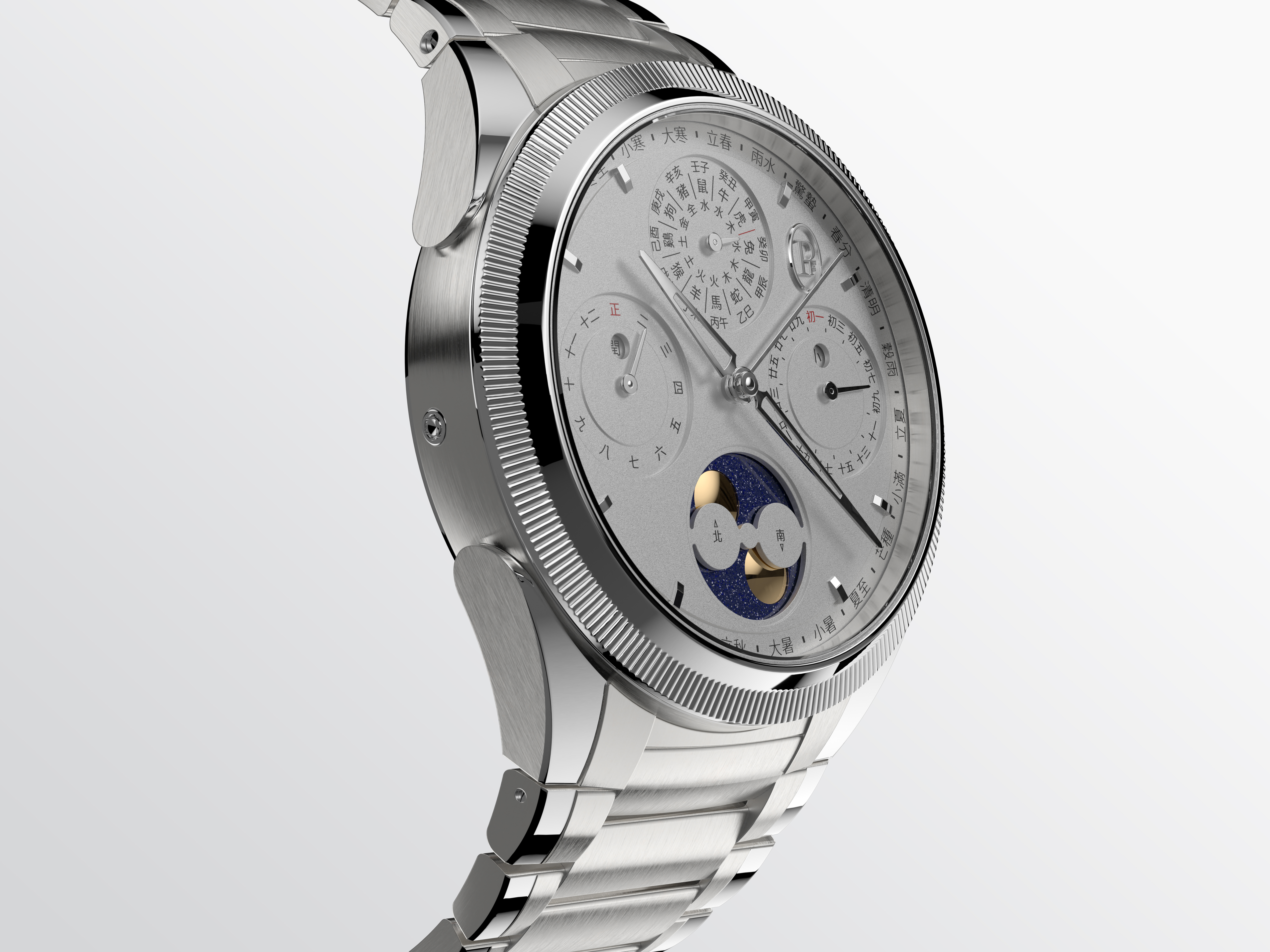
TONDA PF XIALI CALENDAR
The highly complex Chinese calendar is a combination of a solar and a lunar calendar, calculated separately and then synchronised. How is this done? By adding an extra lunar month also called a leap or intercalary month. This 13th month is added approximately every three years to bring the two cycles back in sync. Finally, the Chinese calendar divides the solar year into 24 terms, or breaths, which symbolise the agricultural calendar.
The intercalary or leap month appears according to precise rules and is assigned the number of the month that preceded it. The calculations are complex but serve to keep track of the seasons and to set the Chinese New Year at the arrival of spring, which varies between 21 January and 19 February in our calendar.
Unlike the Gregorian calendar, which names the months and numbers the years, the Chinese calendar names the lunar years and numbers the months. The names of the years are repeated on a sexagesimal (60-year) cycle, but the calendar including dates, days and months is calculated on the basis of astronomical observations and naturally varies. It is therefore impossible to make a Chinese perpetual calendar. Parmigiani Fleurier's creation goes as far as possible in offering the most complete form of the Chinese calendar. The numbering system of the time units is based on the combination of a decimal cycle with the ten Heavenly Stems and a duodecimal cycle with the twelve Earthly Branches. The ten Heavenly Stems serve to designate the diagonal directions, the seasons, the elements – water, wood, metal, fire and earth – the planets, as well as colours, flavours and virtues. The twelve Earthly Branches correspond to the signs of the zodiac: each of the twelve Branches is represented by an animal, which designates the years of the sexagesimal cycle and will influence the destiny and character of human beings born in that year.
A WEALTH OF COMPLEX INFOMRATION
All this corresponds to a wealth of complex information, which Parmigiani Fleurier has succeeded in condensing on a dial. Hours and minutes, display of the month and its numbering, an additional month when applicable (displayed every three years), short month (29 days) or long month (30 days), twenty-four solar terms corresponding to twenty-four 15° divisions of the Sun's path along the ecliptic (the Sun's trajectory seen from the Earth), year hand and name, indication of the animal and the elements with alternating colours depending on whether it is Yin or Yang, numbering of the days and moon phases. All the displays are quickly adjustable via the various correctors located on the two sides of the case middle. It conceals an extremely sophisticated mechanism serving to display this information in classic Chinese characters. As the Chinese calendar is not cyclical, the complication is mechanically programmed and covers a twelve-year period by means of a cam system. At the end of these twelve years, the watch must be reset for a new equivalent period. During this period, all information is provided without any need for intervention, as long as the watch does not stop. If the watch does stop, corrections are made simply by correcting the day and month number, with a rapid corrector where necessary to facilitate corrections of long periods.
